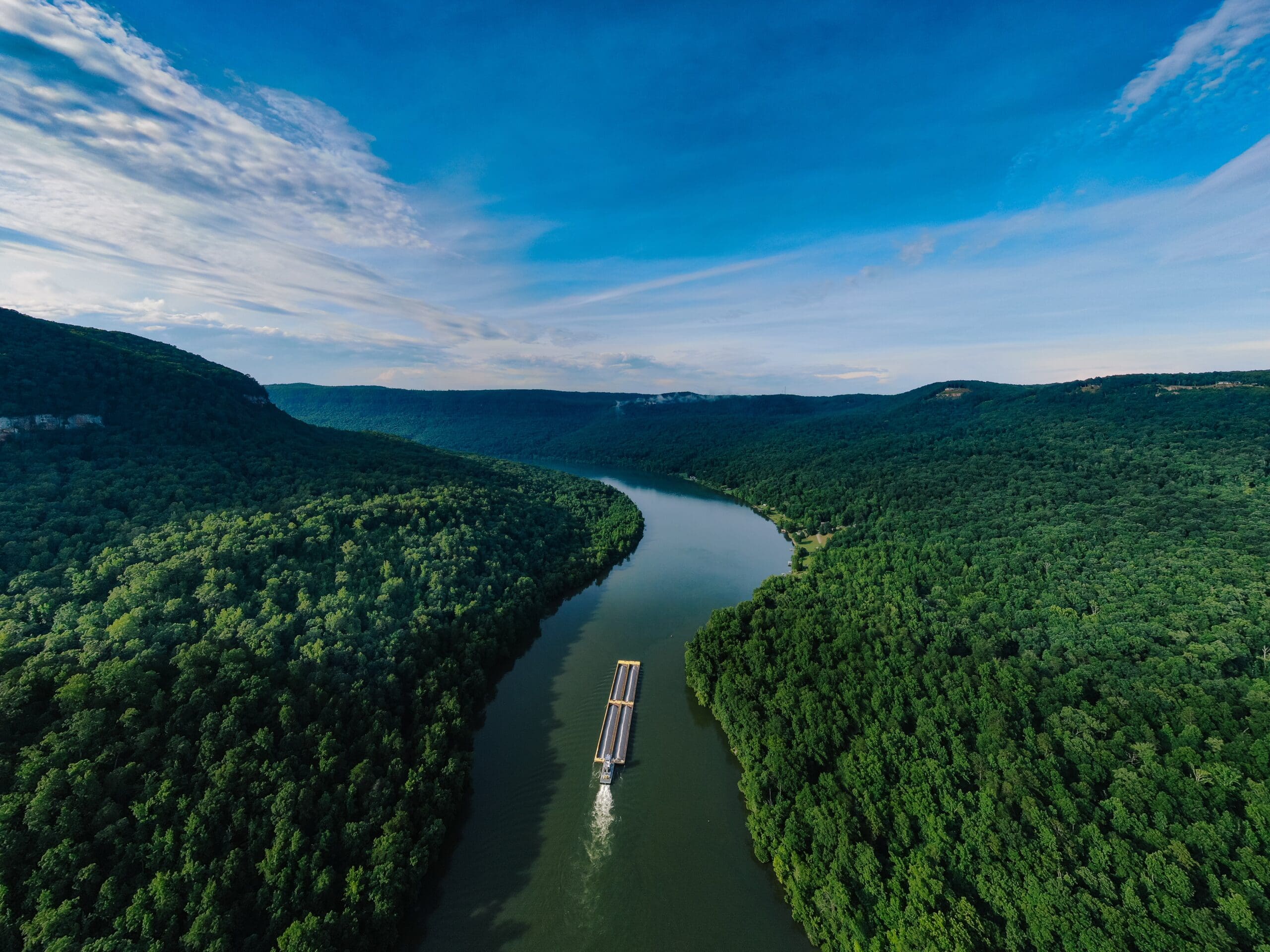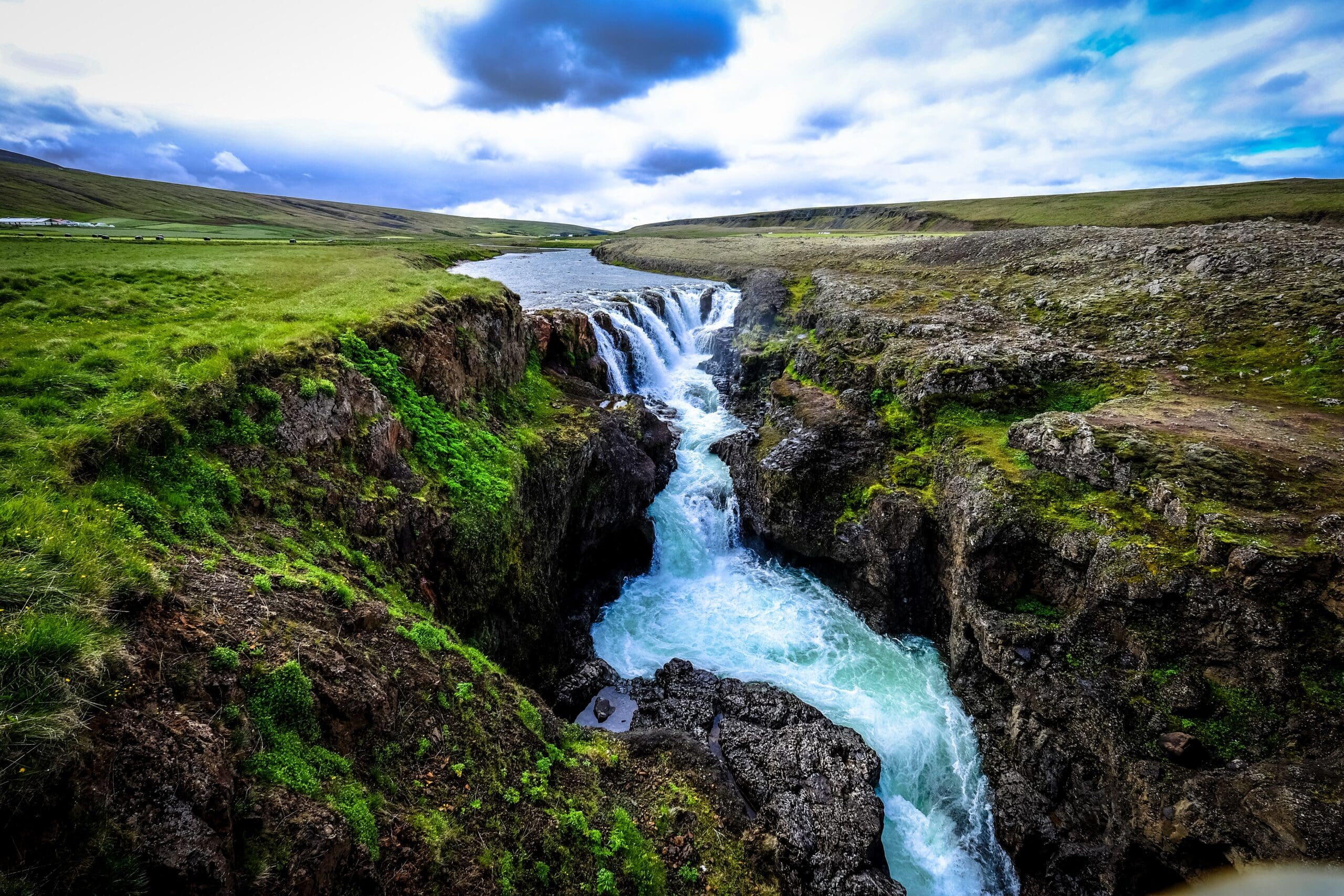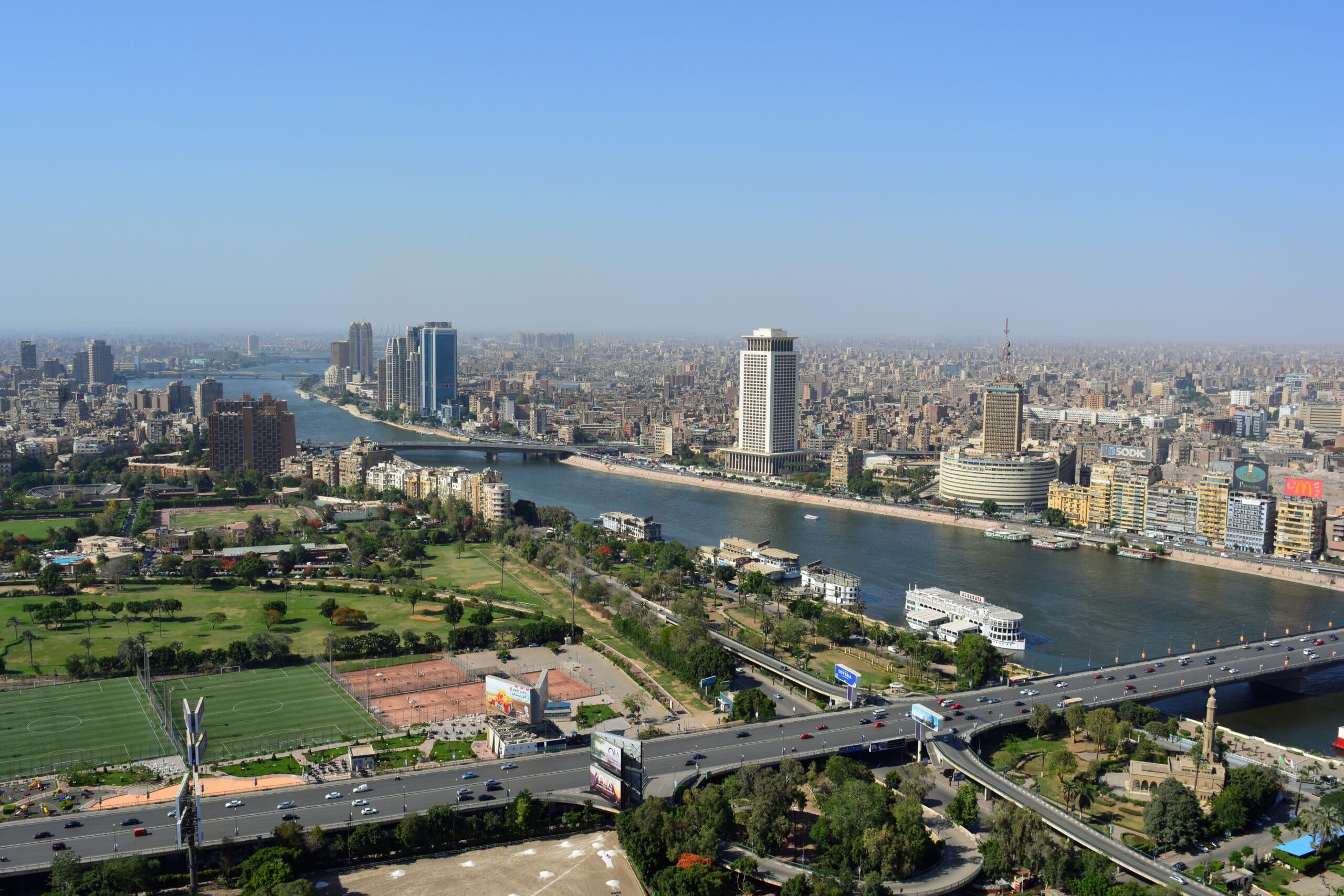
Rivers Facts for Kids – 5 Riveting Facts about Rivers
Table of Contents
Have you ever imagined a world without rivers? That is nearly impossible. Here are five riveting rivers facts for kids.
Rivers Facts for Kids Fact Number 1: How We Use The Water of Rivers?
Rivers are very helpful to us as they provide us with water that we can use in many ways and have been using since the earliest human civilizations. One of the earliest ever complex civilizations was Mesopotamia in the 4th century BC. They had language, trade, and farming. The name Mesopotamia literally means ‘between’ (meso) ‘rivers’ (potamia).
This is because this civilization was located between two rivers which the people were able to use to their benefit. Rivers gave them clean water to drink and to bathe, the water was used for irrigation for farming. And the rivers could be used for transport, this means that people could travel and they could transport building materials or trade goods which were heavy. Rivers are still in the middle of big cities today such as London, Dublin, Budapest, Frankfurt, New Orleans, and Prague.

Rivers Facts for Kids Fact Number 2: Rivers Have Mouths
Rivers start with springs or glaciers melting and meet with other water sources and build in size. They start in the mountains and then flow downwards with gravity until they reach lakes, seas, or ocean. The place where the river widens and lets out into a lake, sea, or ocean is called the river mouth.

Rivers Facts for Kids Fact Number 3: Salmon Swim Upstream in Rivers to Spawn
Most species of fish stay in freshwater or salt water for their whole lives but salmon are a bit different. Salmon are born in rivers and move to the ocean once they reach adulthood. When salmon are ready to spawn they make the journey up stream again through the river mouth and into the freshwater rivers again. This is a big event for predators of salmon who want to catch them and is called the ‘Salmon Run’. Salmon can even jump out of the water to get up waterfalls so they can make it up the rivers. It must be a lot of work swimming against the rushing water for all that time.
Rivers Facts for Kids Fact Number 4: The World’s Longest River Flows through a Desert
Deserts are known for being very dry but they can be beside water sources such as oceans or rivers. The longest river in the world runs through the Sahara desert in Egypt, it is called The Nile.
The Nile river is 4,130 miles long, that means it could stretch halfway around the planet. The river Nile was very important to the Ancient Egyptians. Without the river they would have had no way to grow crops or get fresh water. They were able to use the river for irrigation and transportation allowing their civilization to grow there.

Rivers Facts for Kids Fact Number 5: There Are 19 Countries in The World that Have no Rivers at All
Some places don’t have natural rivers flowing through them or their rivers only happen at certain times during the year. There are many reasons why some places do not have rivers that run through them, some are flat islands, some are deserts. These countries have to find innovative ways to supply their people with fresh water to drink and bathe in. They sometimes use rainwater collection or recycle their used water by filtering it.
We hope you enjoyed learning more things about rivers as much as we loved teaching you about them. Now that you know how majestic these rivers are, you can move on to learn about other climate and weather stuff like: Thunder, Thunderstorms, Thunder and Lightning, Rainbows, Lightning, Floods, Earth’s Atmosphere, Hurricanes, Volcanoes, Earthquakes, Tornadoes, Blizzard, Wind and Tsunamis.
Why not subscribe to our LearningMole Library for as little as £1.99 per month to access over 2800 fun educational videos.


Leave a Reply